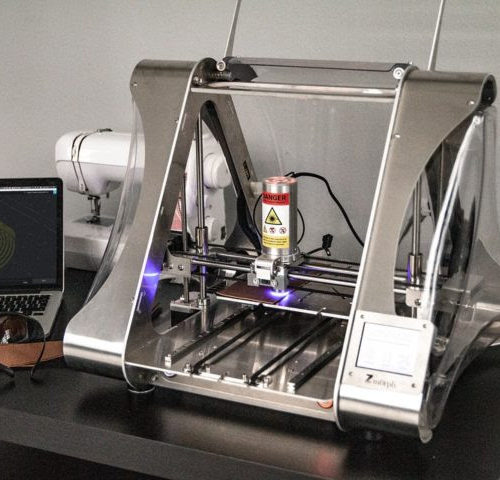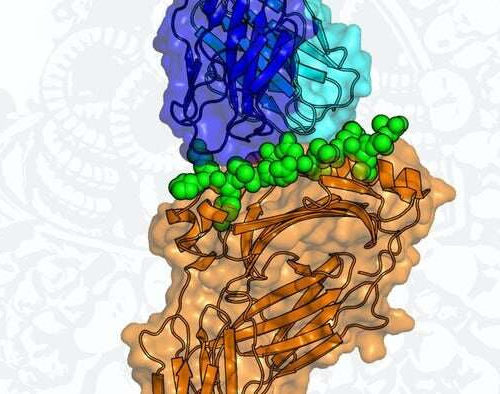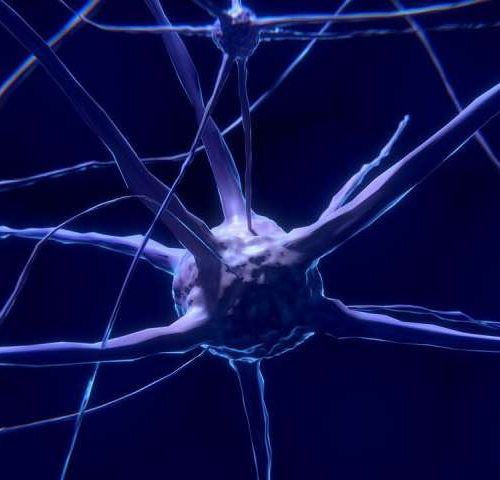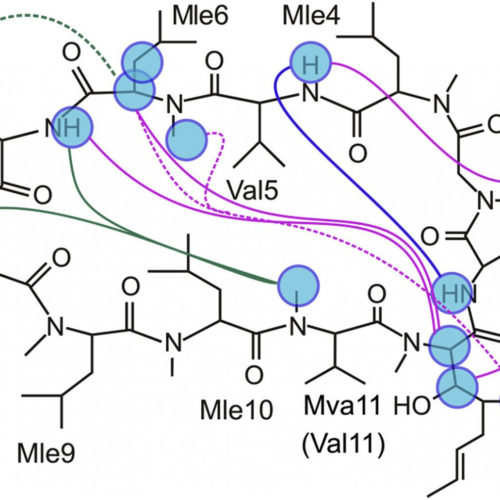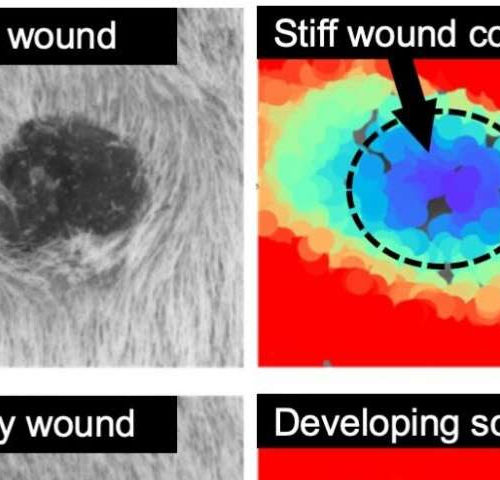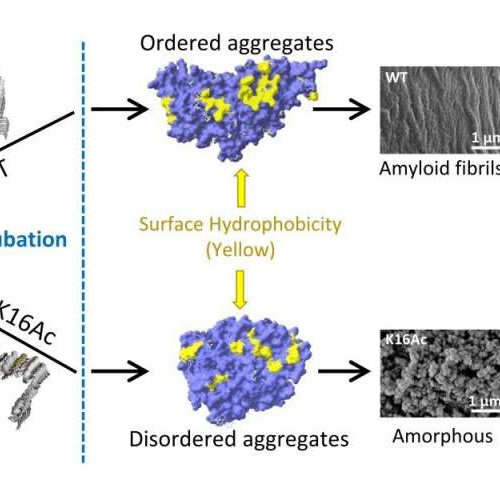A research group led by Daniel Aili, associate professor at LiU, has developed a bioink to print tissue-mimicking material in 3D printers. The scientists have developed a method and a material that allow cells to survive and thrive. “Bioprinting is a new and exciting technology to manufacture three-dimensional tissue-mimicking cell cultures. It has been a...
Tag: <span>biochemical</span>
How immune cells activate the killer mode
UNIVERSITY OF FREIBURG FROM LEFT: SUSANA MINGUET, WOLFGANG SCHAMEL, FREDERIKE HARTL. view more CREDIT: PHOTO: LAURENZ HERR, ANJA SCHWÄBLE Unraveling a key motif: The T lymphocytes of the immune system work to destroy infected cells or cancer cells. To do so, they have to identify the threat: Molecules perceived as foreign – so-called antigens –...
Discovery of new immune targets inside flu virus offers hope for universal vaccine
by Cardiff University New markers hidden inside the influenza virus have been discovered by scientists at Cardiff University. The researchers from the School of Medicine worked with an international team of experts—including collaborators in Moscow, Russia and Melbourne, Australia—to look at how people’s immune systems responded to the new proteinmarkers. They showed for the first...
Brain benefits of exercise can be gained with a single protein
by University of California, San Francisco A little-studied liver protein may be responsible for the well-known benefits of exercise on the aging brain, according to a new study in mice by scientists in the UC San Francisco Eli and Edythe Broad Center for Regeneration Medicine and Stem Cell Research. The findings could lead to new...
Adhesive film turns smartwatch into biochemical health monitoring system
UCLA engineers have designed a thin adhesive film that could upgrade a consumer smartwatch into a powerful health monitoring system. The system looks for chemical indicators found in sweat to give a real-time snapshot of what’s happening inside the body. A study detailing the technology was published in the journal Science Advances. Smartwatches can already...
Cyclosporin study may lead to novel ways of approaching mitochondrial dysfunction
Cyclic peptide molecules of the fungal origin called cyclosporins were discovered in 1970’s, and cyclosporin A soon became an important drug due to its immunosuppressive activity. The details of the biochemical reactions involving cyclosporin were elucidated by the beginning of 1990s, but still some aspects of the behavior of this molecule raise questions. Investigation started...
Researchers deconstruct tissue repair
by ETH Zurich ETH researchers have deconstructed the mechanisms that control wound healing and scar formation in more detail. To this end, biologists and engineers have developed a new method that allows the biomechanical properties of the healing tissue to be measured in vivo for the first time. Anyone who is injured hopes for a...
Lighting the path for cells
ETH researchers have developed a new method in which they use light to draw patterns of molecules that guide living cells. The approach allows for a closer look at the development of multicellular organisms – and in the future may even play a part in novel therapies. Highly complex organisms can arise from a single...
Protein shapes matter in Alzheimer’s research
by Allison Mills, Michigan Technological University Sometimes proteins misfold. When that happens in the human brain, the pileup of misfolded proteins can lead to neurodegenerative diseases like Alzheimer’s, Parkinson’s and ALS. Proteins do not misbehave and misfold out of the blue. There is a delicate ecosystem of biochemical interactions and environments that usually let them...
Metal in urine provides potential noninvasive test for pancreatic cancer
by Earth Institute, Columbia University New research has revealed that the signature of metal ions present in urine samples is an accurate indicator of pancreatic ductal adenocarcinoma (PDAC), one of the deadliest types of cancer. The discovery could signal the possibility of a new and completely noninvasive test for pancreatic cancer, of which PDAC is...
- 1
- 2

